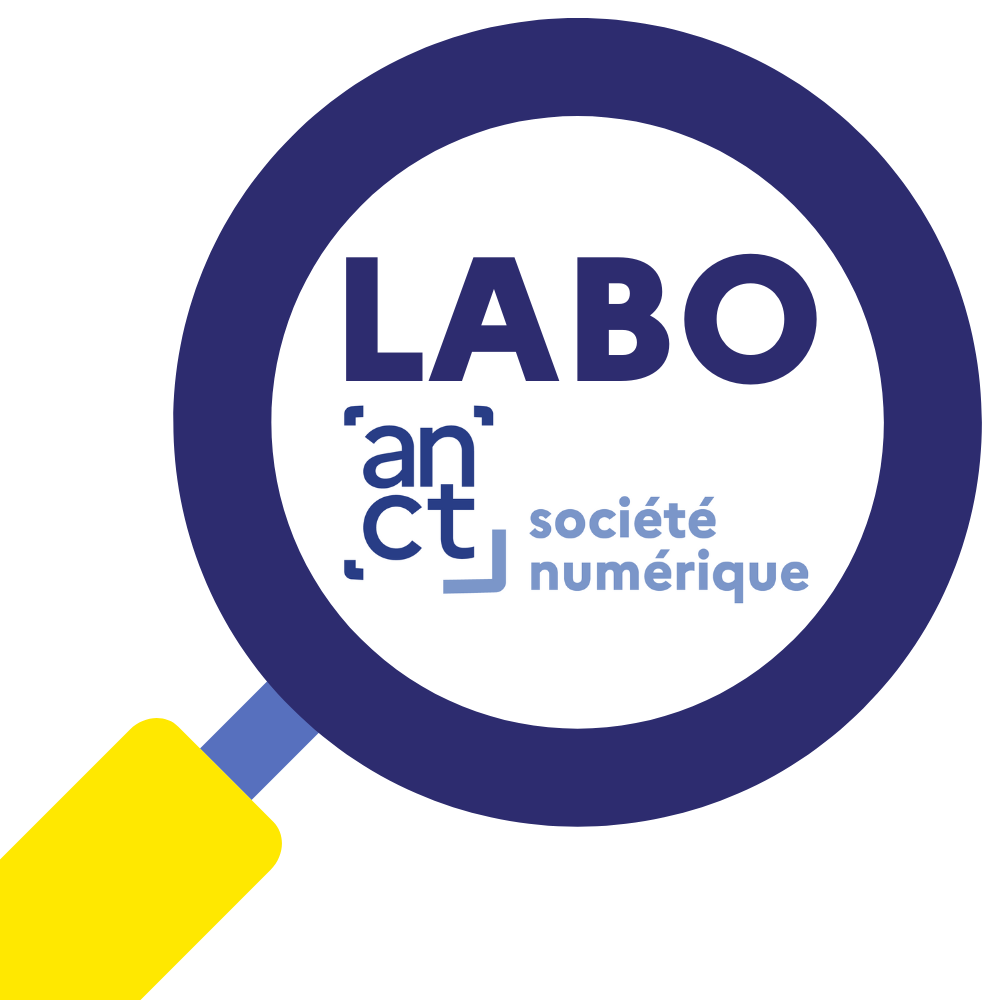Since March, distance learning has become the norm in universities. A sudden change for which higher education institutions, teachers and students were unequally prepared.
The "Student Living Conditions 2020" survey , produced by the Observatoire national de la vie étudiante (OVE), sheds light on the difficulties encountered by students.
This national survey was conducted between June 26 and July 8, 2020. The results correspond to the analysis of 6,130 questionnaires that were sufficiently complete to be exploited.
69% of students took courses via video conferencing
During the lockdown period, traditional teaching modalities (face-to-face classes) were modified for a large majority of students.
- 77% said they had interacted with teachers and 73% said they had received handouts or course materials.
- 69% of them also had the opportunity to attend classes or work meetings via videoconference. There are significant differences between the types of institutions attended:
- 94% of students in the classes préparatoires en grandes écoles (CPGE) attended classes or meetings via videoconference, 81% in engineering school but only 63% in university.
- The lockdown was an opportunity for 87% of students to interact with other students in their course.
39% of students have experienced internet connection problems
Références :
92% of students surveyed report having a computer or tablet for personal use. Only 64% say they have a "good internet connection" and 58% have a "workspace of your own (isolated and quiet)."
According to the National Observatory of Student Life, "39% of students consider the training provided during confinement to be satisfactory or very satisfactory, compared to 25% of students who consider it to be unsatisfactory or not satisfactory (and 36% moderately satisfactory).
However, the proportion of students rating training as unsatisfactory or poorly satisfactory varied greatly by containment conditions: 42% of students without a personal computer, 34% of students without a quiet space to work, and 33% of students without a good internet connection were unsatisfied or poorly satisfied with their training during containment.
If the organization of time and personal work is the area where the most students have encountered difficulties (51%), Internet connection problems (39%) come second. (51% of them), internet connection problems (39%) come second.
17% also said they had difficulty using the digital tools available to them.
Successful completion of exams depends on containment conditions
If, on the whole, 42% of the students declare themselves satisfied or very satisfied with the adaptation of the evaluation modalities during the confinement and if 50% of them declare not to have met any difficulty during the second semester exams, 23% mention difficulties related to the internet connection and 16% the connection to the platform or to the exam server.
"The National Observatory of Student Life concludes that "distance learning, which has been implemented in most institutions, has made it possible to reveal new inequalities within the student population: with the development of distance learning courses, having a personal computer, a good Internet connection or a quiet environment, all variables that are no doubt dependent on social origin, have become particularly essential for success in higher education.





